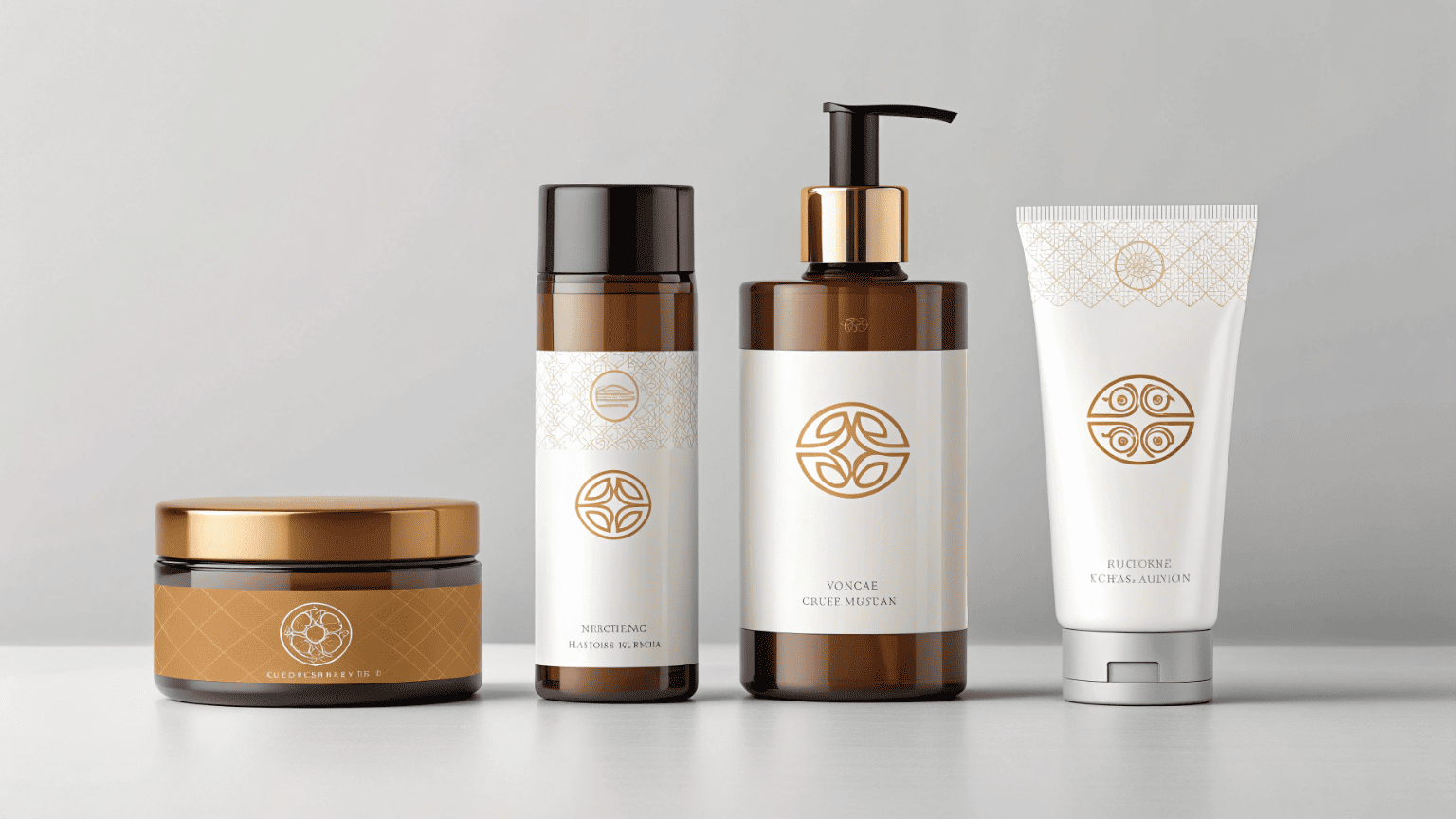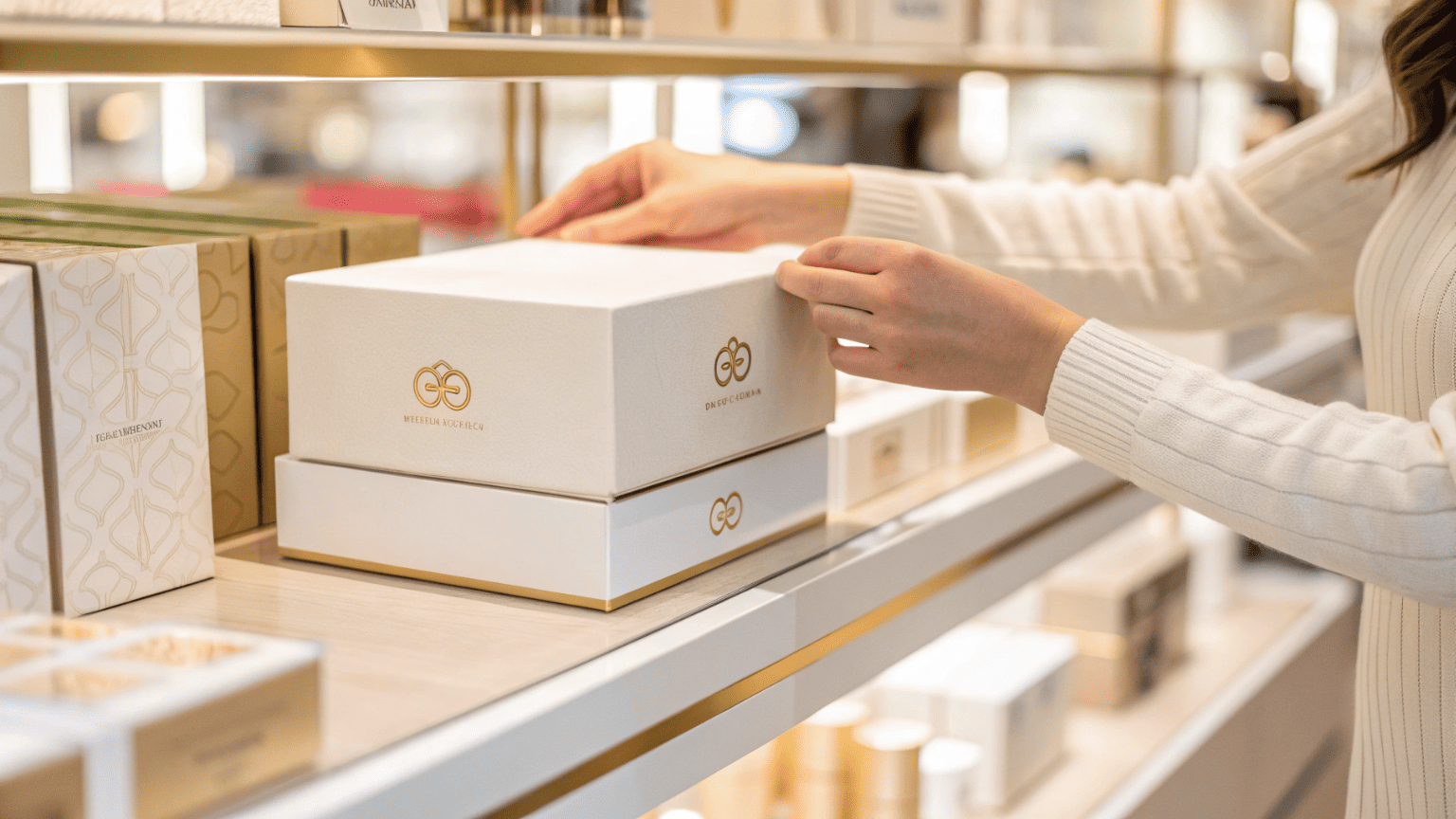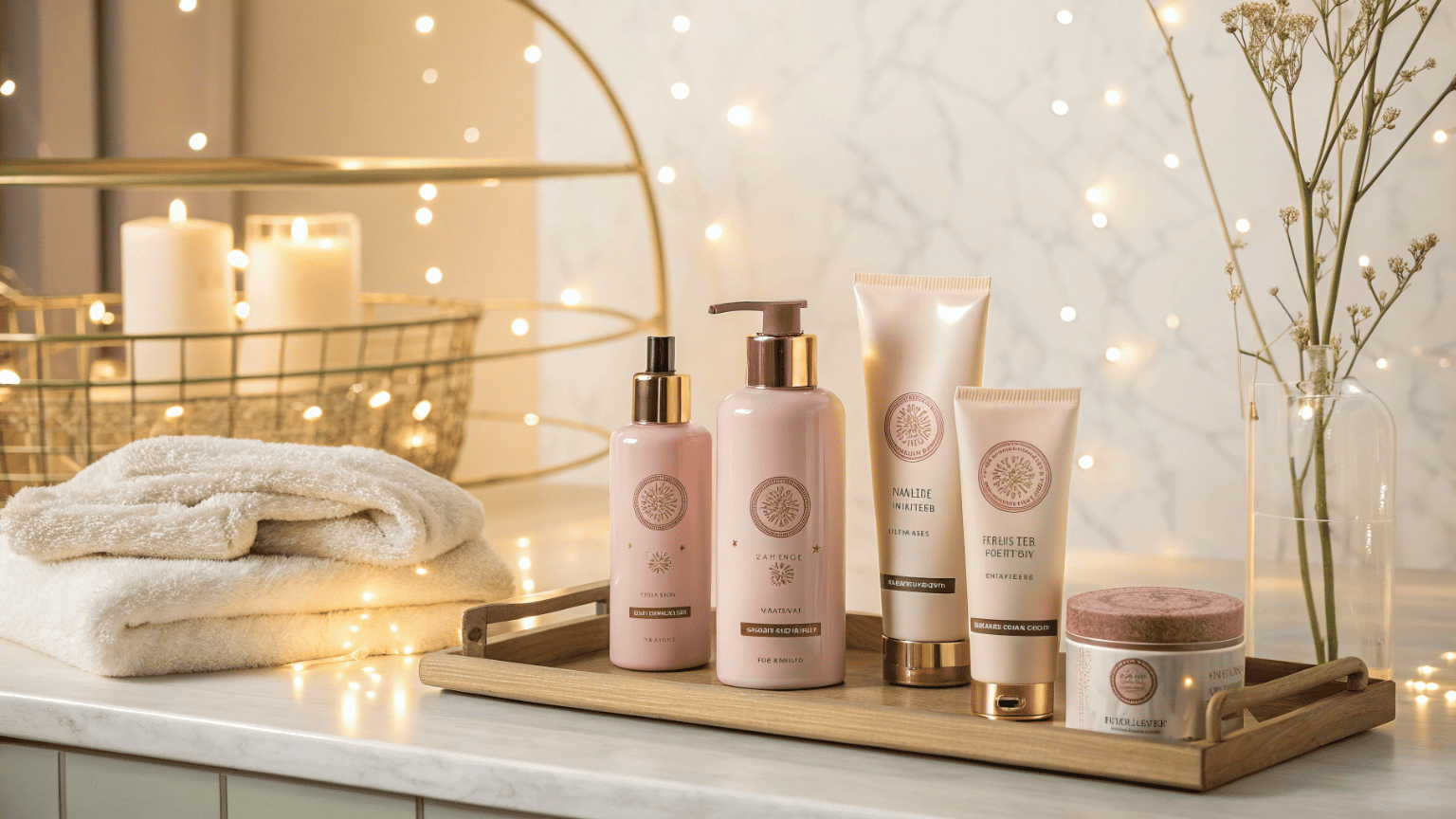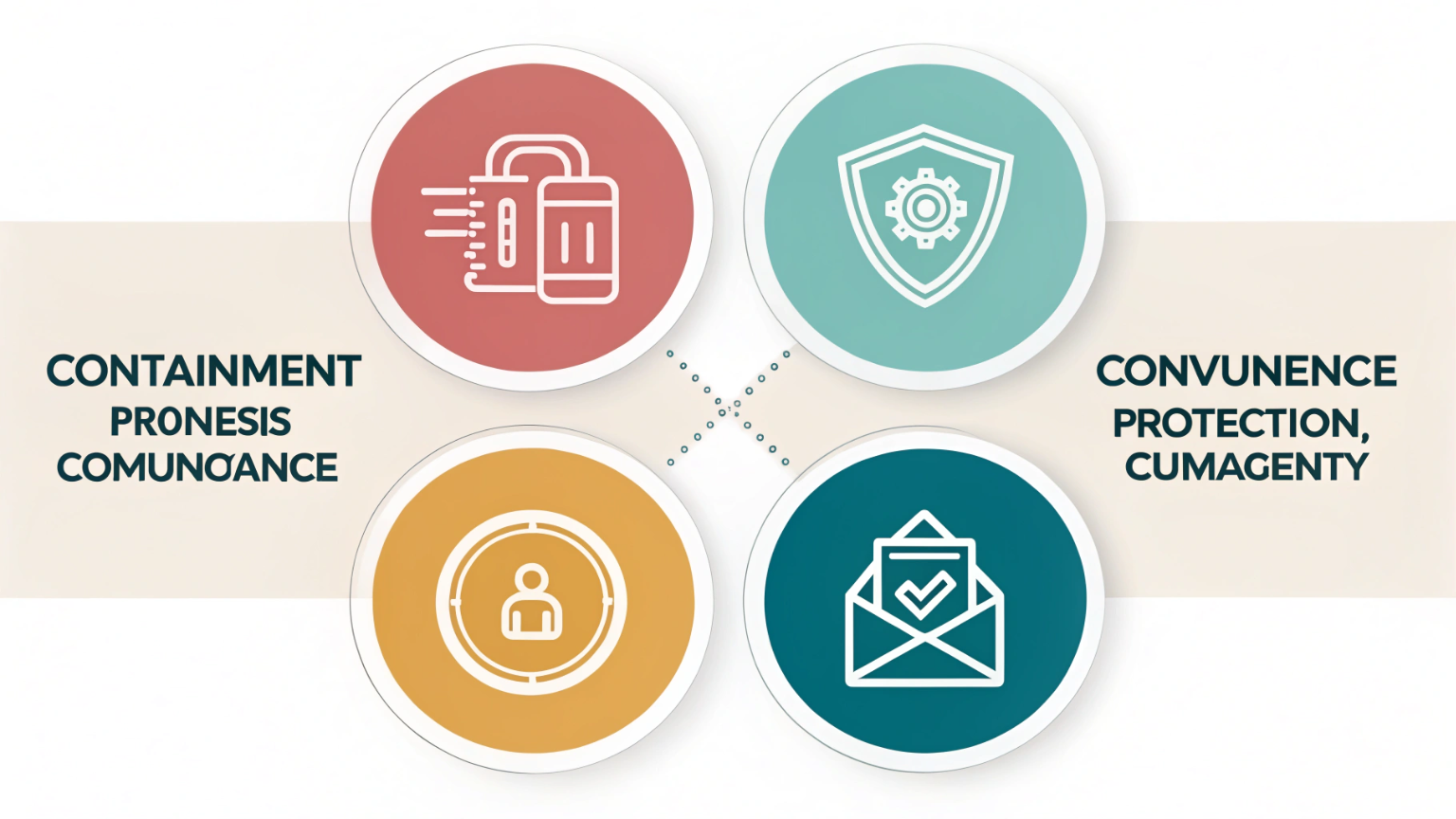
Why Does Brand Consistency Through Packaging Matter So Much?
November 3, 2025 • Mike Lee
Your products sit on the shelf, but they don't look like a family. This creates a disjointed brand experience that confuses customers and fails to build the recognition you need.
Brand consistency through packaging is critical because it builds trust and recognition for free. By using a disciplined design process, you create a cohesive brand identity that acts as your most powerful, cost-effective marketing tool on any retail shelf.

Your insight about this being a "free" marketing tool is the most important takeaway for any brand manager. So many brands come to us asking for expensive, complex finishes to make a product stand out. But they haven't made the simple, free decisions first. I always tell them the story of a client who sold a popular face wash in a simple tube. When they launched a new moisturizer, they chose a completely different style of jar. Sales were slow. We advised them to relaunch the moisturizer in a jar that used the same minimalist shape and cap style as the tube. We just changed the color. Suddenly, customers on their website and in stores made the connection instantly. Sales tripled. They didn't spend a single extra cent on the packaging itself, they just made a consistent choice. That's the power of this process.
Why is packaging so important for a brand?
You've invested heavily in your formula and online marketing. You might think of the physical package as just a container, a necessary cost to hold the product.
Packaging is your brand's physical handshake. It’s the first tangible experience a customer has with your product, silently communicating your quality, values, and promise before they even open it.

Think of your packaging as a silent salesperson. On a crowded shelf or in a sea of online thumbnails, it has seconds to make an impression. It’s a multi-sensory tool that tells a story. The weight of a glass jar can communicate luxury. The use of post-consumer recycled (PCR) plastic can communicate a commitment to sustainability. A precise airless pump can communicate scientific efficacy.
| Packaging Element | The Message It Sends |
|---|---|
| Material Choice | A heavy, thick-walled glass jar says "premium and substantial." A lightweight, matte-finish PE tube says "modern, practical, and clean." |
| Shape & Form | Sharp, geometric lines can feel clinical and precise. Soft, rounded curves can feel gentle, organic, and nurturing. |
| Functionality | A fine-mist sprayer provides a delicate, luxurious application experience. A simple flip-top cap is all about speed and convenience. |
These choices are not just about function; they are the core vocabulary of your brand's physical language. And making the right choice often costs no more than making the wrong one.
Why is branding consistency so important?
You have a best-selling product. Why should its packaging have to look exactly like a new, unproven product you're launching? Wouldn't it be better to make the new one look different?
Brand consistency is crucial because it builds recognition and trust. When customers can instantly identify your products as part of a family, it makes their buying decision easier and encourages them to try other products in your line.

Consistency turns a single product purchase into a potential lifelong brand relationship. When a customer loves your cleanser, a consistent design acts as a signpost, guiding them to your moisturizer or serum. It tells them, "If you liked that, you'll love this too. We're from the same family of quality."
This creates a powerful "billboard effect" in three key places:
- On the Retail Shelf: A block of consistently branded products is visually dominant and much easier to spot than a collection of mismatched items. It carves out a territory that belongs to your brand.
- On the Customer's Vanity: When your products look like a curated collection, they reinforce the customer's choice and create a sense of belonging to the brand's world.
- In Social Media Feeds: User-generated content featuring your products looks more professional and intentional when the products create a cohesive visual theme.
Inconsistency, on the other hand, forces the customer to re-evaluate your brand with every new product, breaking that precious bond of trust.
What are the 4 C's of packaging?
You understand the importance of a consistent look and feel. But where do you start? What are the non-negotiable foundations that must be consistent across your entire product line?
The 4 C's are the foundational pillars of packaging: Containment (it holds the product), Protection (it survives shipping), Convenience (it's easy to use), and Communication (it tells you what it is). Consistency must apply to all four.

These four principles are the starting point of our design process. Ensuring they are met consistently is the first step to building a reliable brand. Inconsistency in these basic functions can be even more damaging than inconsistent colors.
| The 4 C's of Consistency | Why It Matters |
|---|---|
| Consistent Containment | If one of your bottles is known to be leak-proof, all your bottles must be. A single leaky product can make a customer question the reliability of your entire line. |
| Consistent Protection | Your products must always arrive in perfect condition. We use standardized master cartons and protective inserts to ensure the unboxing experience is always premium, never disappointing. |
| Consistent Convenience | The user experience should be uniform. If your caps are easy to open on one product, they should be easy on all. If one pump dispenses a perfect amount, they all should. This functional consistency builds deep, subconscious trust. |
| Consistent Communication | Your logo, font, and key information should always be in a predictable place. This allows customers to find what they need quickly, reinforcing their familiarity with your brand. |
Before we even discuss aesthetics, we ensure this baseline of functional excellence is the standard for your entire product family.
Conclusion
Brand consistency isn't an abstract marketing goal; it's a practical, no-cost strategy. By following a structured design process, you create a powerful, unified brand presence that builds trust and drives sales.
Written by
Mike Lee
You may also be interested in:

How Do You Source 10–50ml Spray Bottles Wholesale? A Guide to MOQ, Price, and Lead Time
You need to order 10-50ml spray bottles for your new product line, but every supplier

Leak-Proof Design: How Can You Choose Reliable Spray Bottles for Travel Products?
You've spent months perfecting your new travel-sized product. You imagine customers loving it on their

What Truly Makes a High-Quality Spray Bottle? A Complete Buyer’s Guide
You need to source spray bottles for your product line, but you're overwhelmed. Two bottles

Why Is Sunscreen Packaging So Much More Challenging Than Regular Skincare Packaging?
You think a bottle is just a bottle, right? You assume the elegant packaging that